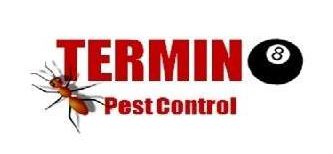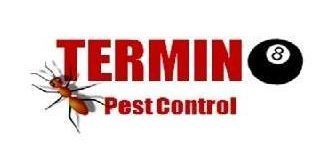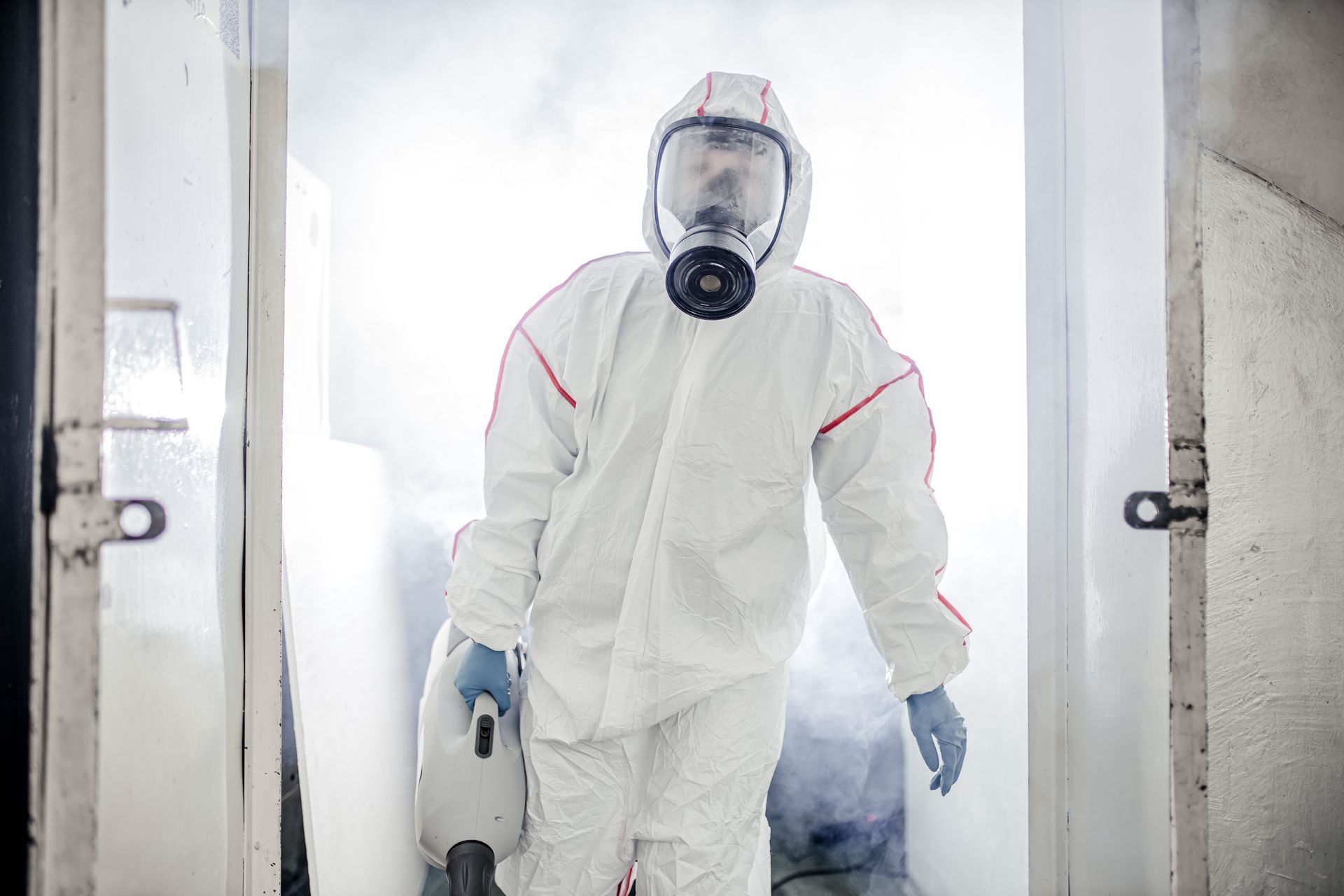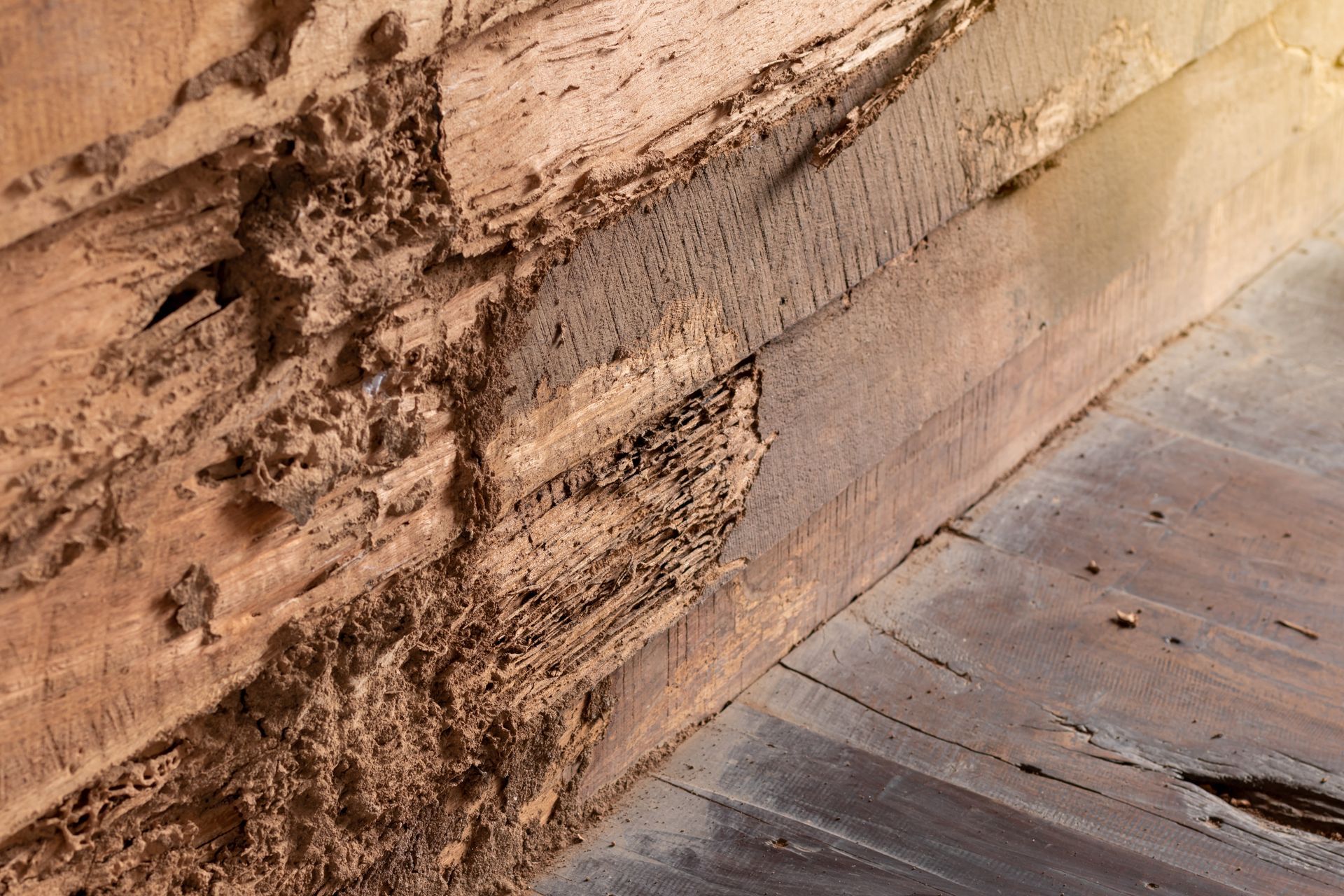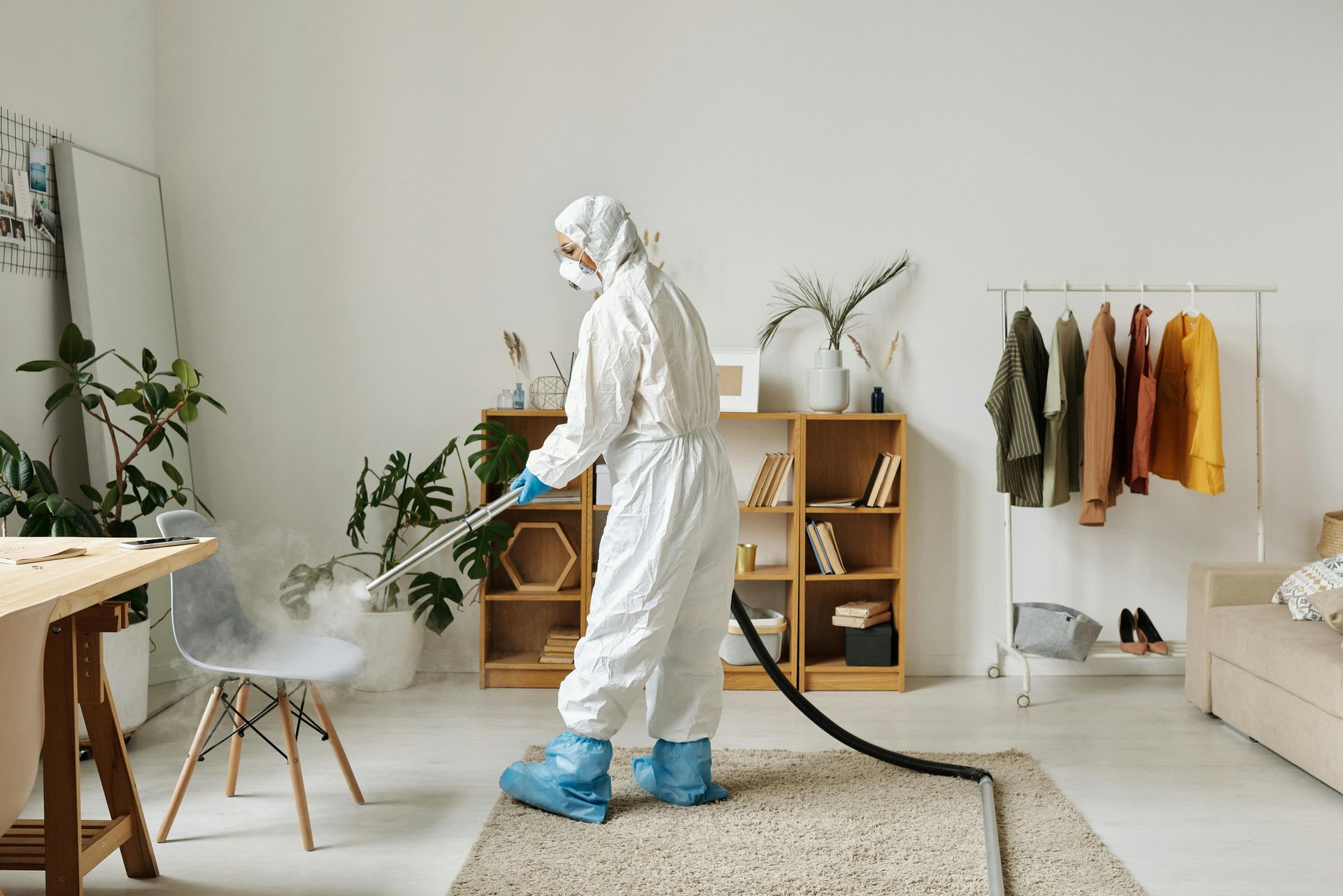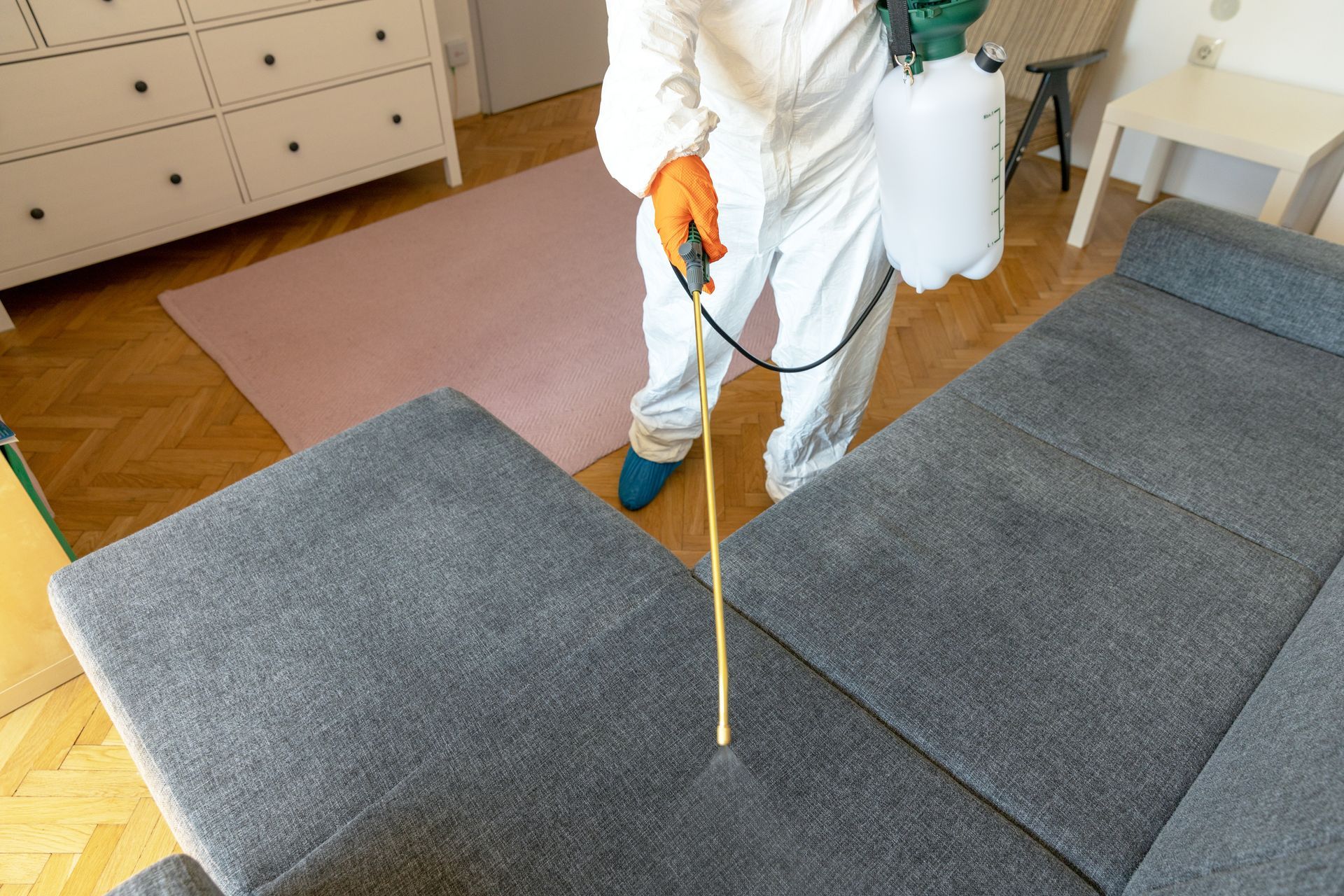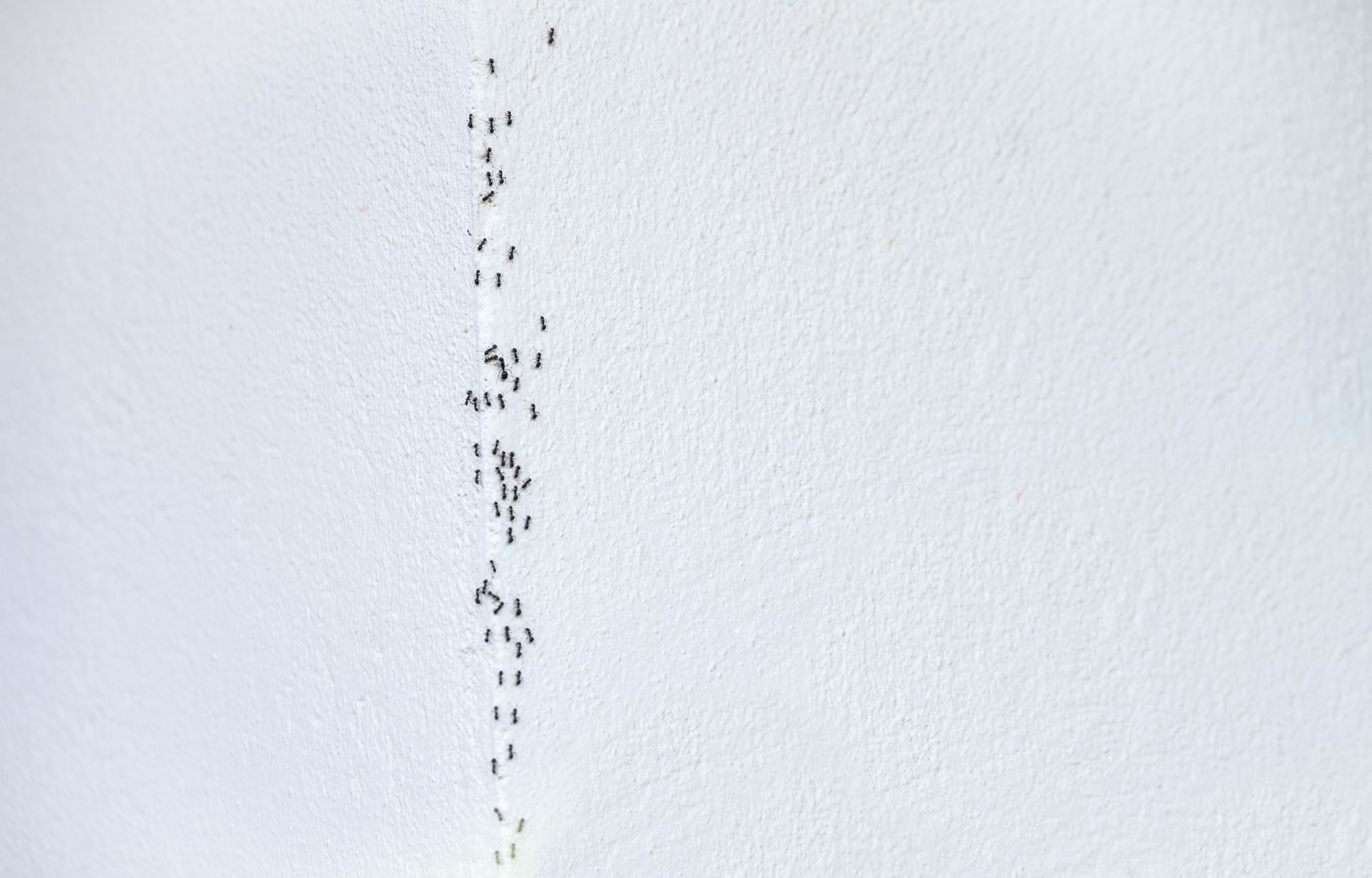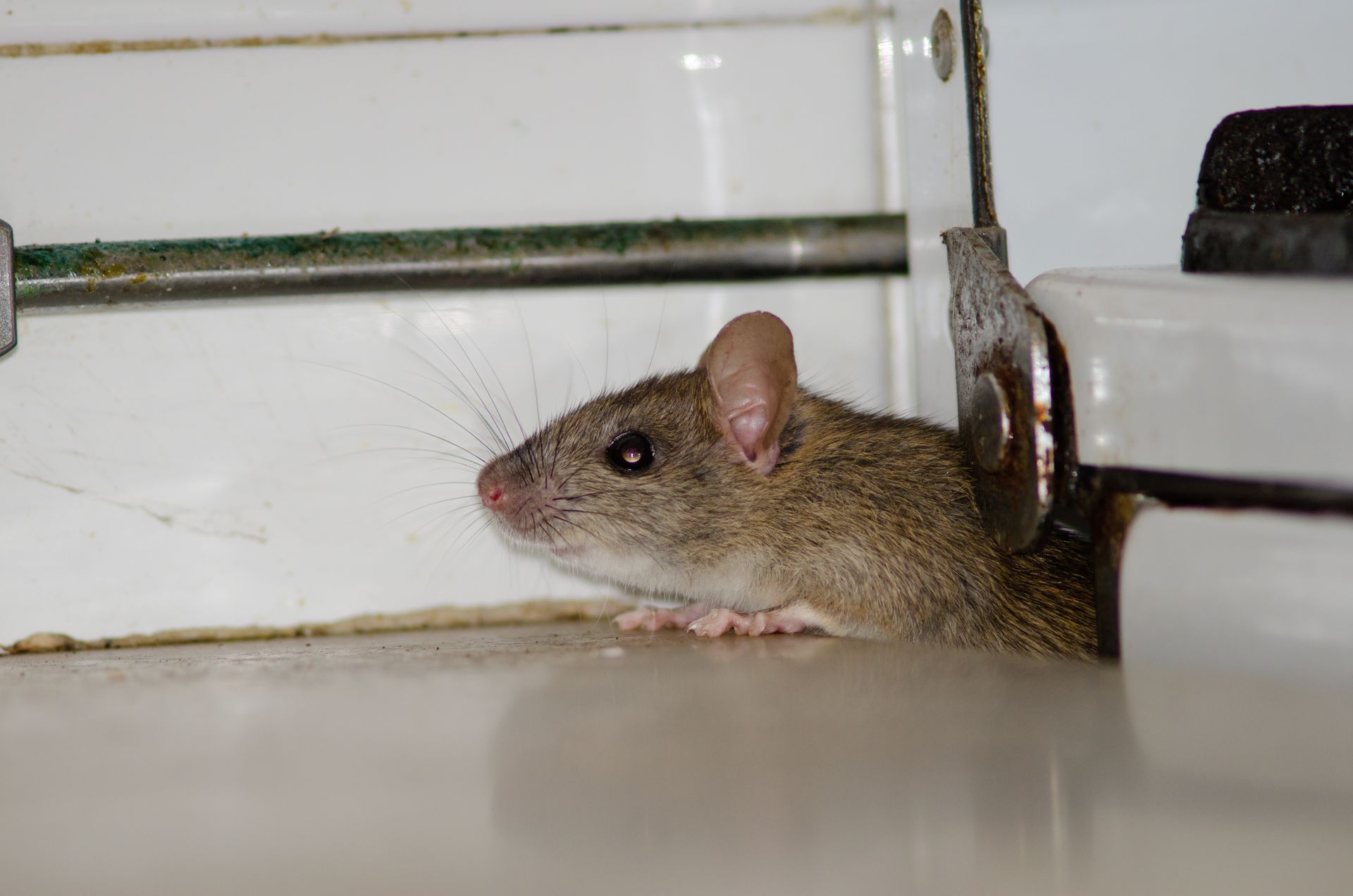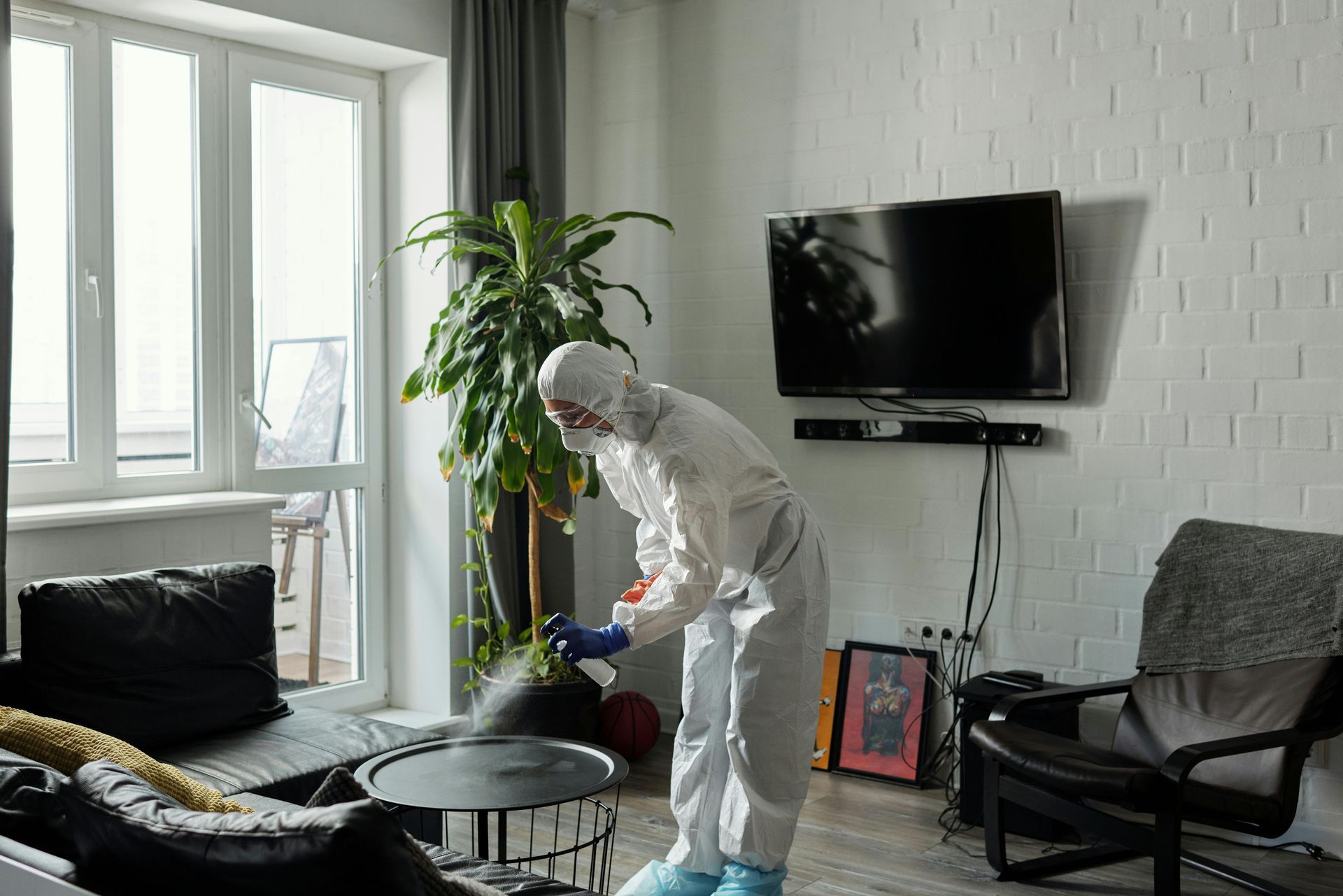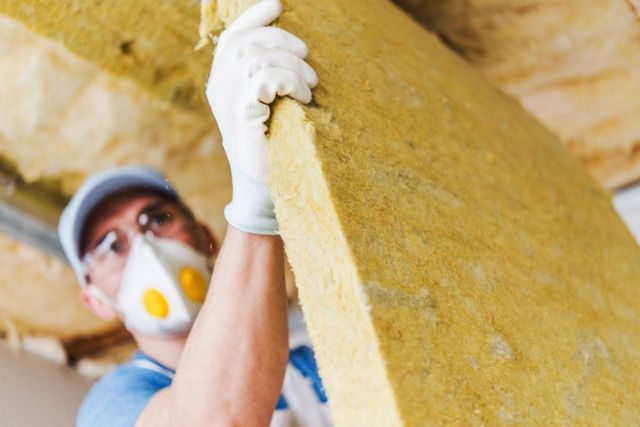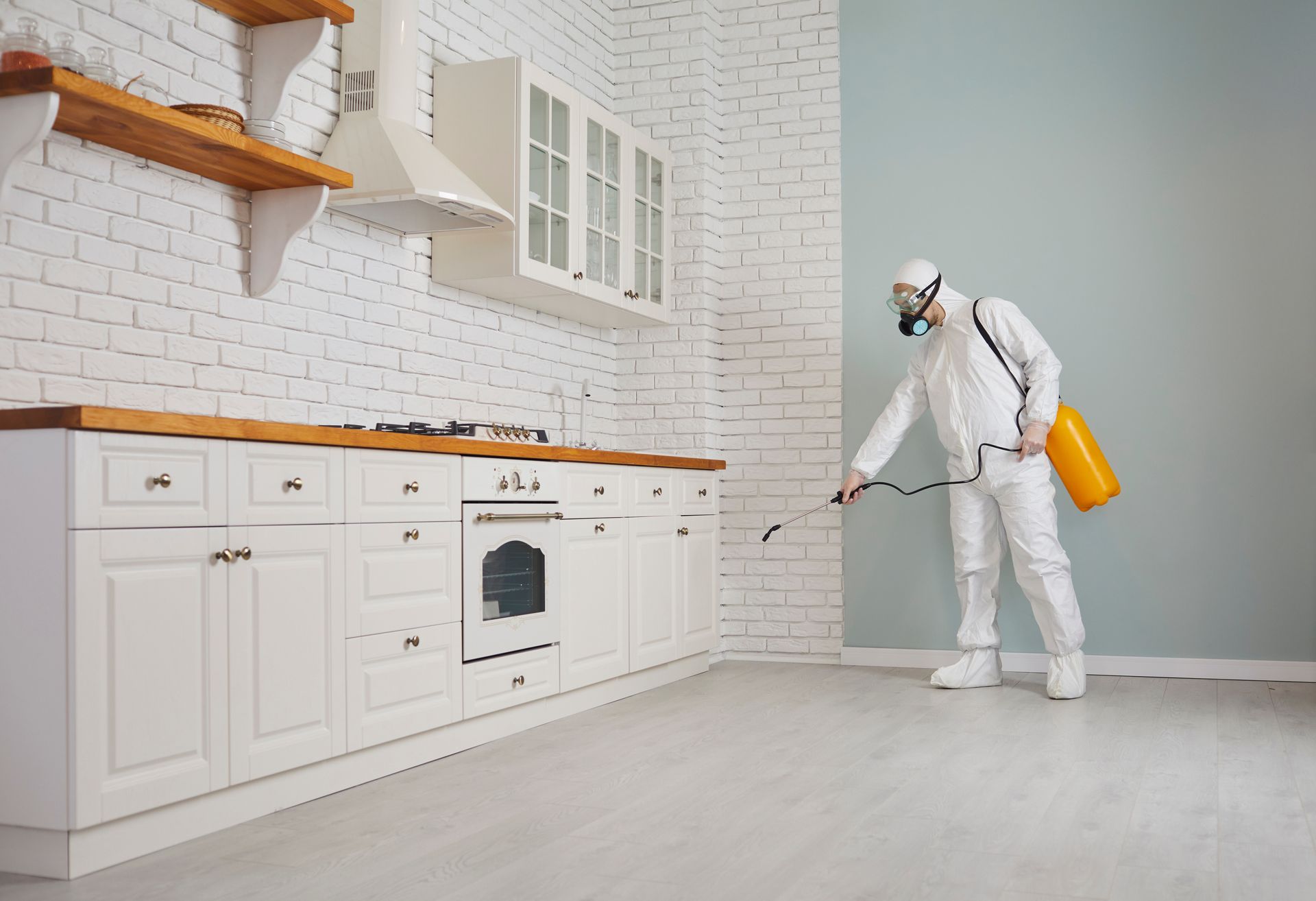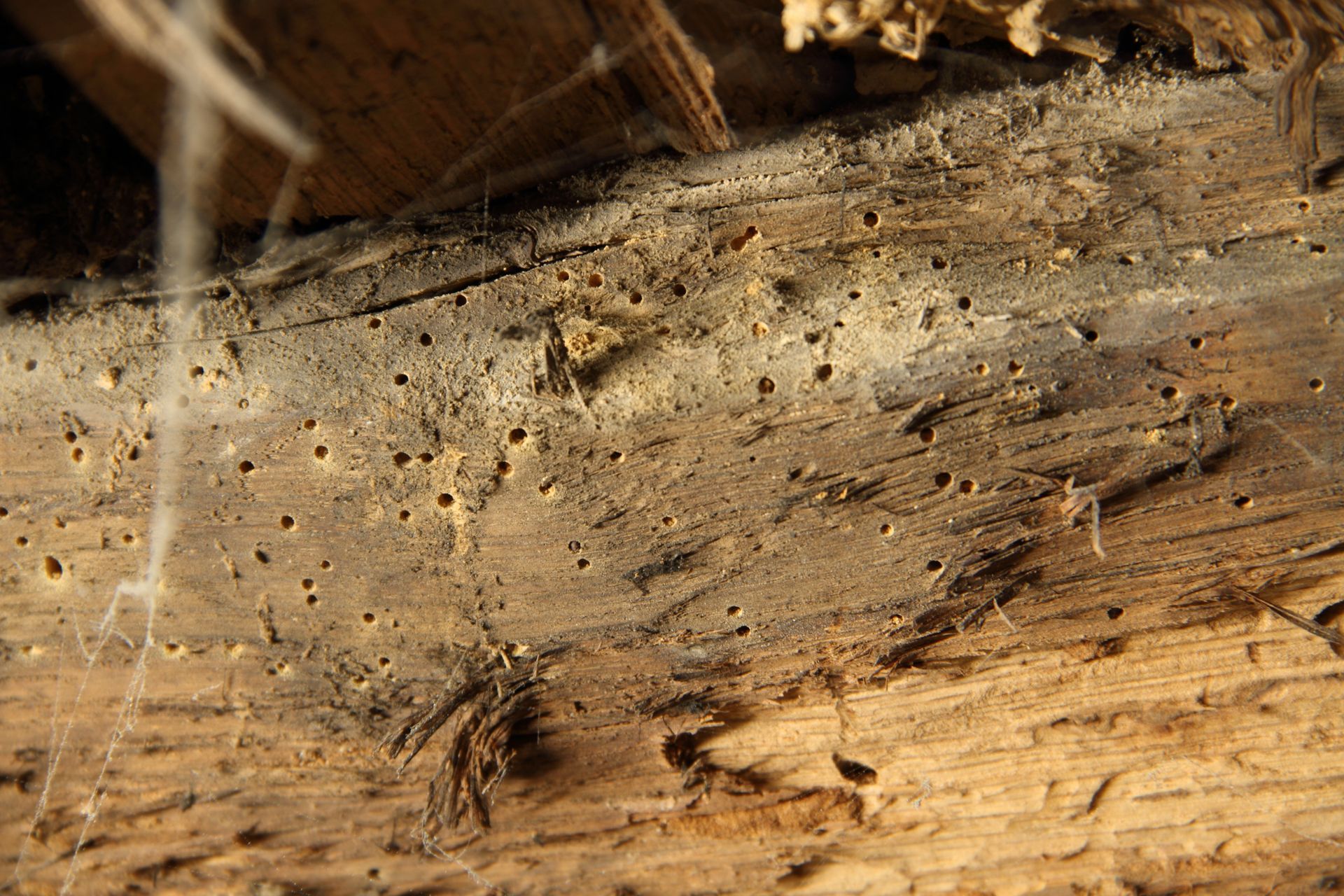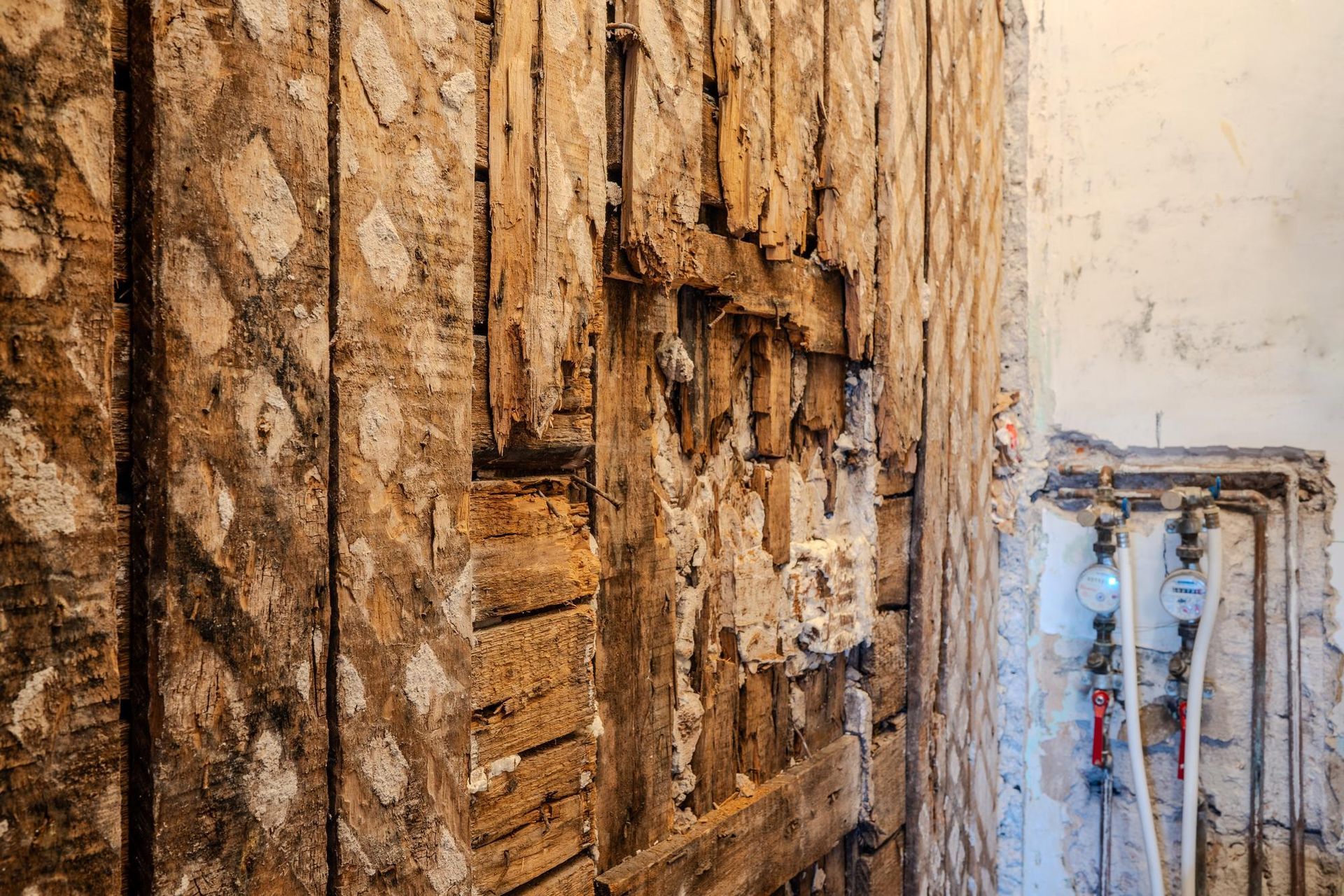Sanitizing Your Home After a Pest Infestation
A pest infestation can be a homeowner’s worst nightmare. Whether it’s ants, rodents, cockroaches, or bed bugs, dealing with the aftermath of a pest invasion often requires more than just pest control or extermination. Once the pests are gone, your home needs thorough sanitization to ensure it is clean, safe, and healthy for you and your family. At
Termin 8 Pest Control in Murrieta, CA, we understand how unsettling infestations can be. Our goal is to not only help you with
residential pest control and
rodent control services, but also guide you on how to properly sanitize your home afterward. In this post, we’ll outline the critical steps to take when sanitizing your home after a pest infestation.
Why Sanitization Is Crucial After a Pest Infestation
When pests invade, they don’t just wreak havoc by gnawing through walls or contaminating food—they also leave behind dangerous pathogens and allergens that can linger in your home long after the pests are gone. Rodents, for example, can carry diseases like hantavirus, while cockroaches and ants can spread bacteria such as salmonella and E. coli.
Pests often leave behind droppings, urine, shed skin, and carcasses, all of which contribute to unsanitary conditions. Without proper cleaning, these remnants can lead to respiratory problems, skin irritations, and allergic reactions. The more severe the infestation, the more important it is to deep clean and sanitize every area thoroughly to eliminate these health hazards.
Home sanitizing services are not only about cleanliness; they're about protecting your health and preventing future problems.
Steps to Take Immediately After Extermination
Once the pests have been removed using professional pest control, it’s time to roll up your sleeves and start the clean-up process.
Here’s what to do:
- Ventilate your home: Pests can leave your home with a lingering odor. Open windows and doors to allow fresh air to circulate. If possible, use fans to enhance airflow. This will help dissipate foul smells and improve indoor air quality.
- Remove dead pests, droppings, and nests: Wearing gloves and a face mask, carefully remove any visible carcasses, droppings, or nests. This will prevent further contamination. Use a plastic bag to dispose of these materials securely, ensuring pests don’t return.
- Vacuum thoroughly: Vacuum all affected areas, including carpets, furniture, and even walls. Be sure to reach into hard-to-access spots like under appliances and behind furniture. Vacuuming helps remove pest debris and allergens that may be embedded in fabrics or floor crevices.
- Seal cracks and entry points: One of the best ways to avoid future infestations is to seal any potential entry points. Check for cracks in walls, gaps around windows and doors, and spaces around plumbing and wiring. Seal off these openings with caulk or other substances.
- Dispose of contaminated materials: If you notice that pests have damaged stored food, paper products, or insulation, these items should be discarded. Infested food is dangerous to consume, and pests can hide in porous materials like paper and insulation.
Deep Cleaning Your Home
After the initial cleaning, a deep home cleaning is essential to ensure your home is free from any harmful substances or pathogens left behind by the pests. This process involves thoroughly cleaning surfaces, floors, and hard-to-reach areas to eliminate bacteria, viruses, and allergens.
- Use disinfectants: Use EPA-approved products to clean kitchens, bathrooms, and food-prep surfaces. This is essential in commercial sanitizing services and home sanitizing services alike.
- Wash fabrics: Launder any linens, curtains, bedding, or clothing that may have come into contact with pests. Use hot water and a strong detergent to kill bacteria and allergens.
- Mop floors with a strong cleaner: After vacuuming, mop hard floors using a cleaning solution designed to eliminate germs and bacteria. Be thorough, as floors are one of the most common places for pest droppings and urine to accumulate.
- Clean HVAC systems: If pests infiltrated your HVAC, consider hiring
professional clean-up services or duct cleaners to prevent contamination through the air.
Targeted Sanitization for Specific Pests
Different types of pests require different approaches when it comes to post-infestation cleaning. Choosing the right pest control solution is essential. Below are some specific tips for common pest issues:
- Rodents: Rodents leave behind droppings, urine, and nests, which can carry diseases. Use a strong disinfectant to clean any areas where they have been active, and focus on cleaning floors, countertops, and any food preparation areas. You may also need to replace insulation if it has been contaminated by rodent waste.
- Cockroaches: Cockroaches are notorious for spreading bacteria. Focus on deep cleaning kitchen surfaces, behind appliances, and in cupboards. Discard any food that could have been contaminated, and consider scheduling indoor pest control services to prevent future infestations.
- Ants: While ants may not seem as harmful, they can still spread bacteria from one surface to another. Pay special attention to areas where food is prepared and stored, and wipe down countertops and cabinets with a disinfectant.
- Bed Bugs: Bed bugs don’t typically spread disease, but they can cause severe skin reactions and anxiety. After an infestation, wash all bedding and clothing in hot water, vacuum mattresses and carpets, and consider using professional clean-up services to sanitize fabrics.
Preventing Future Infestations
Once your home is clean and sanitized, it’s important to take preventive measures to ensure pests don’t return. Here are a few strategies you can implement:
- Maintain a clean environment: Regularly clean your home to remove food crumbs, spills, and clutter, which attract pests. Keep your kitchen, bathroom, and storage areas especially clean, and consider investing in residential pest control to keep your home pest-free.
- Seal entry points: Make sure all cracks, gaps, and holes in your home’s foundation, windows, and doors are sealed. This will prevent pests from finding their way back in.
- Eliminate moisture sources: Many pests, like cockroaches and rodents, are drawn to moisture. Fix any leaky faucets, pipes, or roof leaks, and ensure that your home is well-ventilated to reduce humidity levels.
- Store food properly: Use airtight containers to store food, especially in pantries and cupboards. Avoid leaving pet food out overnight, as this can attract ants and other pests.
- Regular pest control treatments: Investing in
regular pest control treatments can prevent infestations from happening in the first place. Our team at Termin 8 Pest Control can create a customized prevention plan tailored to your home’s specific needs.
Contact Termin 8 Pest Control for Professional Pest Services in Murrieta, CA
If you've experienced a pest infestation in your home, don't wait to start the sanitization process. At Termin 8 Pest Control in Murrieta, CA, we offer comprehensive pest control services to eliminate the problem and ensure your home is left safe and clean. Our team of experts understands the importance of proper sanitization after an infestation, and we’re here to help you through every step of the process.
Call us today at
(951) 609-0014 to schedule an appointment. We’ll work with you to rid your home of pests and make sure it stays clean and protected moving forward. Let us take the stress out of pest control so you can enjoy a healthy, pest-free home. We also offer
clean-up services and
insulation replacement.
FAQs
How long does it take to sanitize a home after a pest infestation?
The time required to sanitize a home depends on the severity of the infestation and the size of your home. Small infestations may take a few hours, while larger ones could take a couple of days. A thorough cleaning is essential to ensure that your home is safe and free of harmful pathogens.
Can I sanitize my home myself after an infestation?
While it’s possible to do basic cleaning yourself, professional sanitization services are often recommended, especially for severe infestations. Professionals have the tools and expertise needed to eliminate all contaminants and ensure your home is safe.
What cleaning products should I use after a pest infestation?
Use EPA-approved disinfectants that are effective against bacteria and viruses. Look for products labeled as capable of killing common pathogens like E. coli and salmonella. For specific cleaning products, consult your pest control professional.
Should I clean before or after pest control treatment?
It’s best to clean after the pest control treatment. This ensures that you’re not wiping away any of the pesticide treatments that may need to stay in place for a period of time to be effective. After extermination, you can begin the sanitization process.
How do I prevent pests from returning after I’ve cleaned?
To prevent future infestations, maintain a clean home, seal cracks and entry points, eliminate moisture sources, store food properly, and schedule regular pest control treatments. These steps will create a less hospitable environment for pests.
